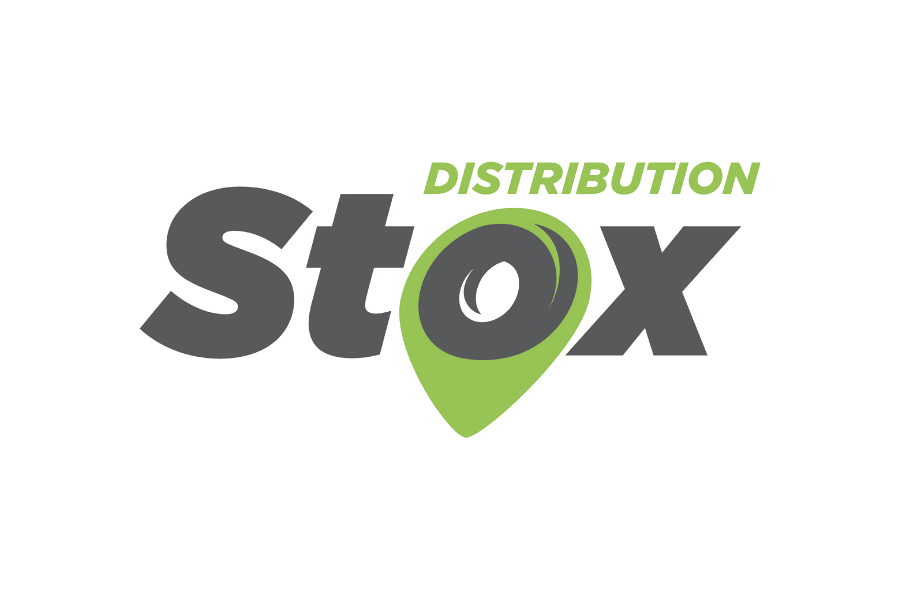What would be the impact on your business if there were a 24-hour internet outage?
Imagine your business cut off from the world for an entire day. No emails sent, no server access, no orders processed. A 24-hour internet outage can quickly turn into an operational and financial nightmare.
We’ll show you how an outage affects your productivity, revenue, and reputation. Most importantly, you’ll see how better connectivity, a backup internet connection, and internal hosting protect your business. These solutions keep your operations running even during an unexpected interruption.
Why an internet outage puts your business at risk
Growing dependence on digital tools
Today, most businesses rely entirely on the internet to function. Project management, internal communication, customer relations, and online sales all depend on a stable connection. A 24-hour outage can have a major impact on operations and revenue.
Costs that add up fast
Selon plusieurs études, une heure de panne peut coûter entre 5 000 $ et 50 000 $ selon le secteur. Pour les PME, les manques à gagner peuvent déjà atteindre des dizaines de milliers de dollars en une seule journée.
Why a reliable connection is vital for your business
A reliable connection isn’t just about browsing the web. It ensures smooth communication, data security, and operational continuity. Without it, teams stop working, clients wait without answers, and revenue disappears.
Your employees need a strong network to work effectively. Partners expect consistent communication. Customers demand fast, uninterrupted service. Without a stable connection, every professional relationship suffers.
The direct impact of a 24-hour internet outage
Productivity loss
Employees can’t send emails, join virtual meetings, or access business software. Performance drops to zero.
For example, if 50 employees earn $200 per day, a full outage already equals $10,000 in lost salaries.
Immediate revenue loss
For an online store generating $8,000 per day, downtime erases that revenue instantly. Service-based businesses face cancelled contracts, unhappy clients, and penalty fees.
Weakened customer relationships
Clients who expect fast answers rarely wait an entire day. Delayed orders or unresolved issues push them toward competitors. The financial impact may not show right away, but long-term loyalty erodes. Anticipating outages helps protect your business from lost trust.
The hidden costs of extended downtime
Projects on hold
Many companies depend on constant access to cloud- or server-hosted data. Without a connection, projects stall, deadlines collapse, and sensitive transactions fail.
Unexpected extra expenses
To limit the damage, you may activate 4G/5G backup, rent temporary equipment, or outsource tasks. These emergency measures inflate final costs.
Damage to your reputation
Clients and partners who see a visible outage may question your reliability. Rebuilding trust takes years and slows future growth.
Internal hosting: better control over your operations
What is internal hosting?
Internal hosting keeps servers, websites, and critical data under your control, either on-site or in a private data centre. Unlike public cloud solutions, you control security, maintenance, and access.
The concrete benefits
- Full control: you know exactly where sensitive data is stored.
- Stronger security: you reduce risks linked to third parties or foreign hosts.
- Customization: servers adapt to your specific needs.
- Higher resilience: critical operations continue even during external outages.
The limits to consider
Internal hosting requires investment in hardware, maintenance, and IT staff. Many businesses choose a hybrid model, combining cloud and internal hosting to strengthen continuity.
How to improve connectivity and prevent outages
Improving connectivity means investing in stability. Here are practical, effective measures:
Redundancy and backup connections
A secondary connection (fibre + 4G/5G) keeps essential services online even if your main provider goes down.
Business continuity and disaster recovery plans
A continuity (BCP) or recovery (DRP) plan outlines every step in case of an incident. Regular testing ensures effectiveness.
Backups and data security
Redundant backups enable quick recovery and protect against permanent loss of sensitive data.
Regular tests and simulations
Simulating internet disconnections helps identify weak spots and reduces response time during real incidents.
Together, these actions prevent outages, limit financial impact, and build long-term resilience.
Case study: how outage costs scale with business size
- Small business (10 employees): about $2,000 in lost productivity per day, not including missed sales.
- SME (50 employees + e-commerce): up to $20,000 in direct losses plus lower customer satisfaction.
- Large business (200 employees + critical services): hundreds of thousands of dollars per day with lasting reputation damage.
Conclusion: prepare before the next outage.
A 24-hour network outage costs more than you think. It stops employees, blocks sales, frustrates customers, and damages your brand.
Investing in backup systems, continuity plans, and internal hosting isn’t an unnecessary expense. It’s insurance for protecting revenue, teams, and reputation.
With Lognet, you assess your needs, implement backup solutions, and secure your infrastructure. Don’t wait for the next outage to act—every hour counts.






